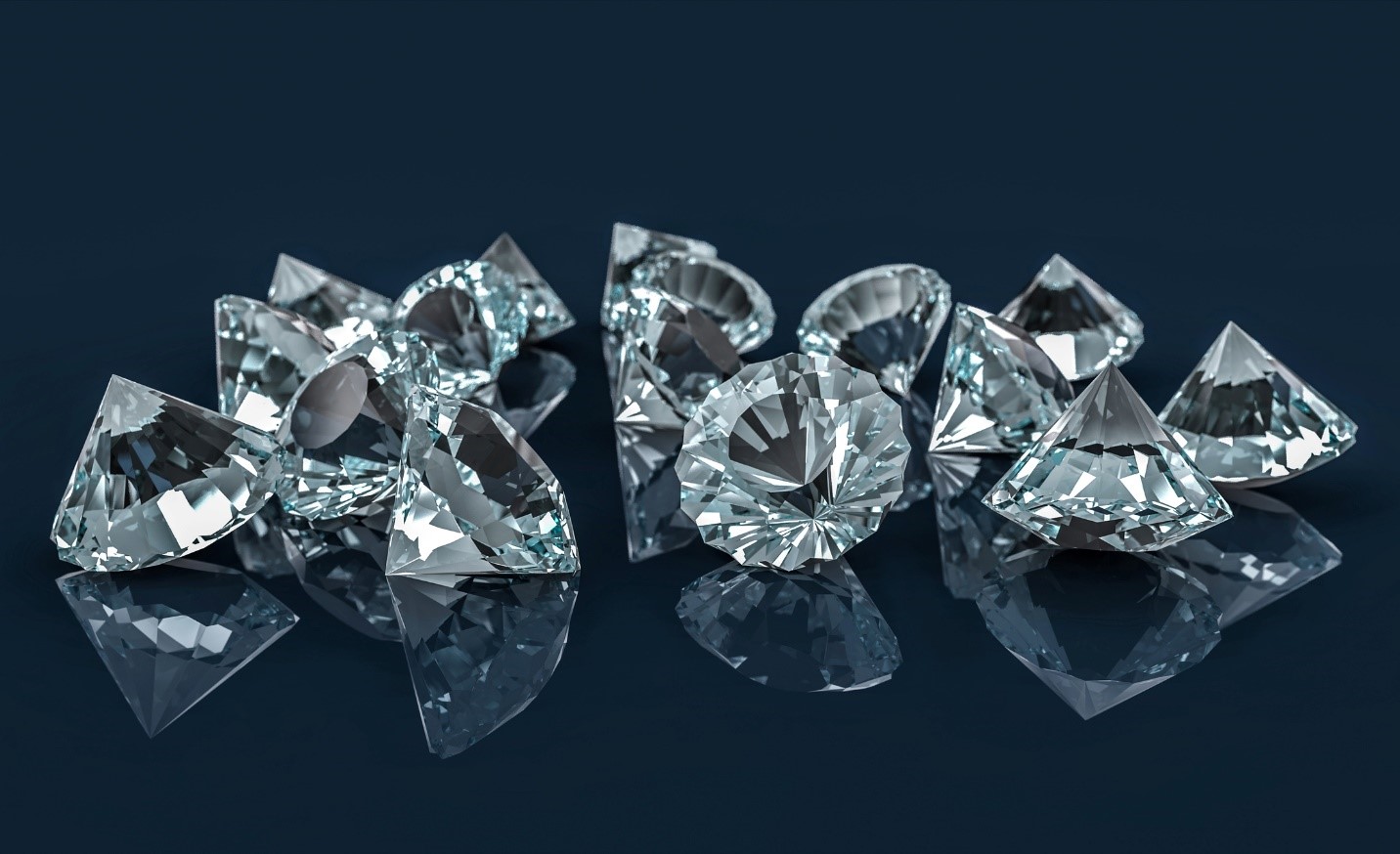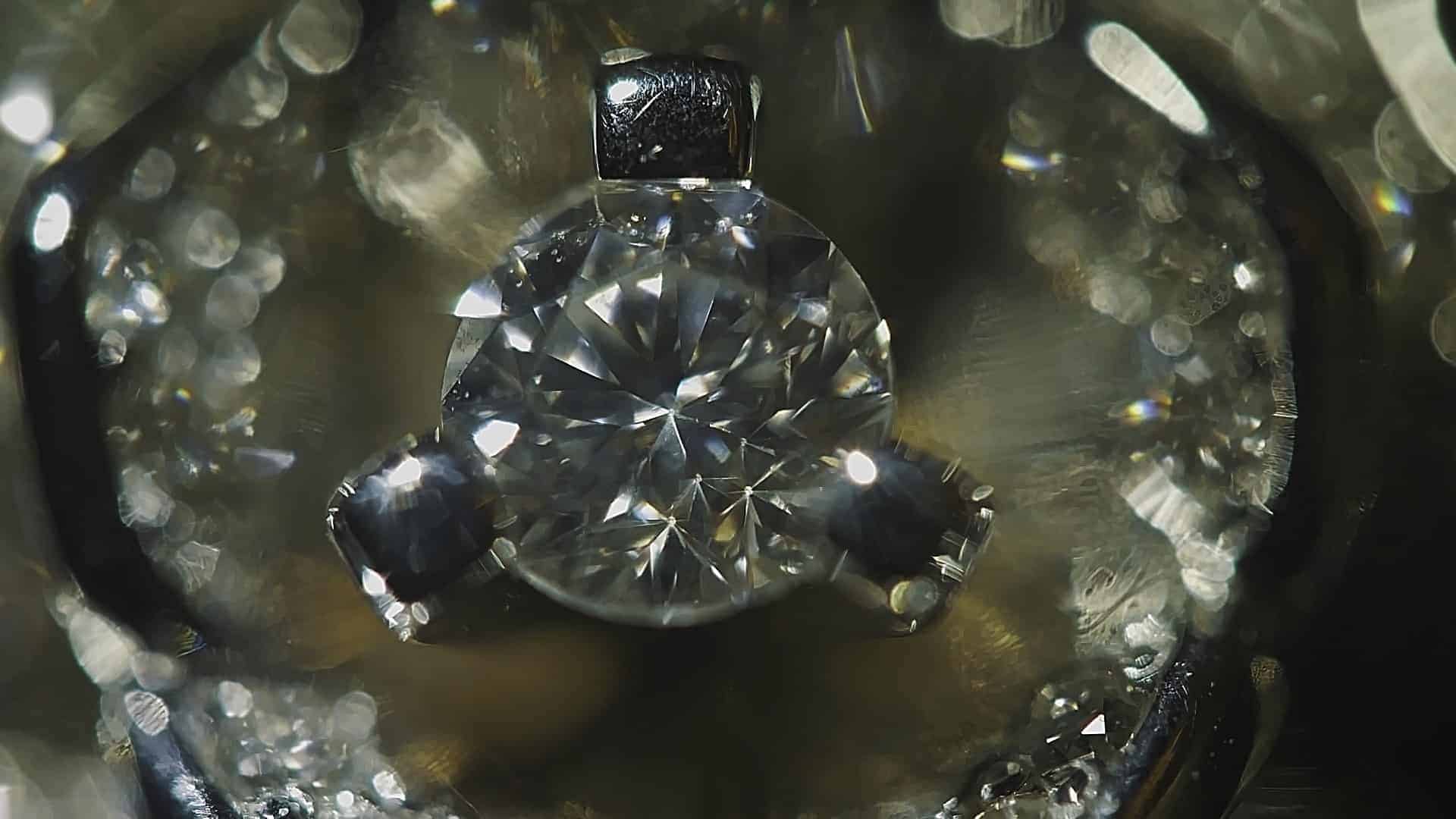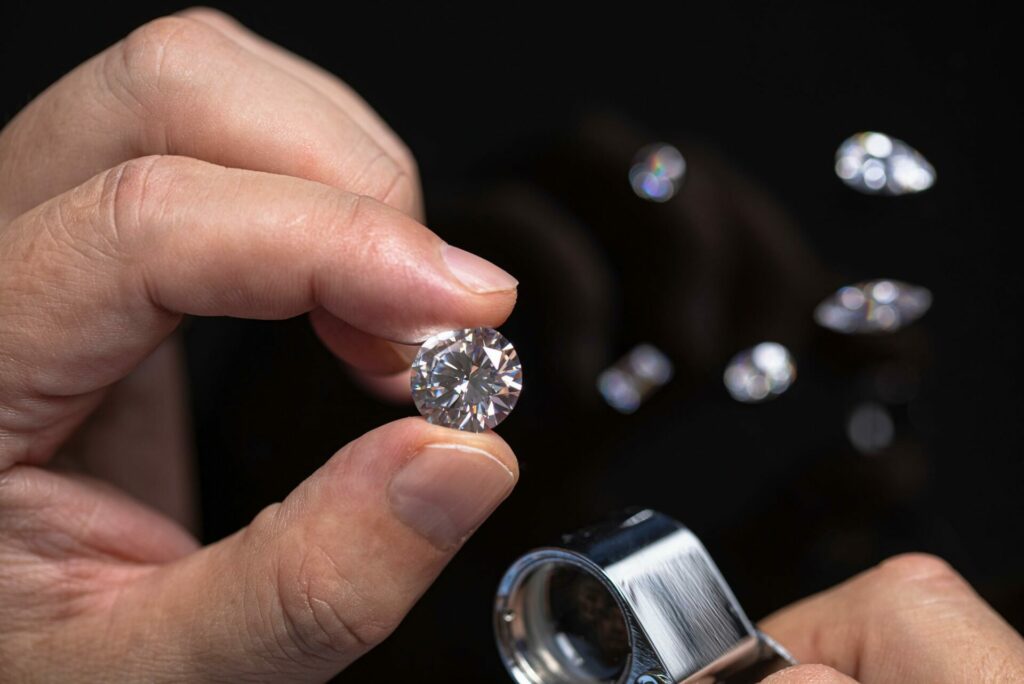Are Mined Diamonds Really That Rare?
Introduction
Ever heard the saying, “Diamonds are forever”? It’s a catchy slogan, but it raises an intriguing question—are diamonds truly as rare as they seem, or is their scarcity just a cleverly crafted illusion? Let’s dive into the world of diamonds to uncover the truth behind their supposed rarity.
Understanding Diamond Rarity
What Makes Diamonds “Rare”?
The concept of rarity in diamonds is often shrouded in mystery. When we talk about rarity, we typically refer to how infrequently something occurs or how hard it is to find. In the world of mined diamonds are not rare, this rarity is marketed heavily, making us believe that diamonds are rare and precious. But is this really the case?
The History of Diamond Mining
Early Discoveries
Diamonds have been treasured for centuries. Their story begins in ancient India, where diamonds were first discovered and valued for their beauty and hardness. In those days, finding diamonds was indeed rare—mainly because they were found only in a few specific regions.
The Rise of Major Diamond Mines
The diamond game changed dramatically in the 19th century with the discovery of vast diamond deposits in South Africa. This find turned diamonds from a rare gem into a more accessible commodity. The creation of major mining operations, like De Beers, further shifted the landscape of diamond availability.
Diamond Supply Chain
From Mine to Market
Once diamonds are mined, they go through a complex supply chain before reaching consumers. This involves sorting, cutting, and polishing, often through multiple intermediaries. Each step adds to the cost but doesn’t necessarily impact the diamond’s actual rarity.
How Diamonds Are Distributed
The diamond market is heavily controlled by a few large companies that manage the supply to maintain high prices. This control can create an artificial sense of rarity and exclusivity, despite the actual abundance of diamonds.
Mined Diamonds vs. Synthetic Diamonds
What Are Synthetic Diamonds?
Synthetic diamonds, also known as lab diamonds, are created using advanced technology that replicates the natural processes of diamond formation. These diamonds are chemically identical to mined diamonds but are produced in controlled environments.
Comparing Rarity and Value
While synthetic diamonds are often dismissed as “less valuable” due to their artificial origins, their availability and price point suggest that mined diamonds may not be as rare as we’re led to believe. Synthetic diamonds challenge the notion of rarity by offering a more abundant alternative.
The Economics of Diamond Mining
Costs of Mining
Mining diamonds involves significant investment in equipment, labor, and energy. While the process is expensive, it doesn’t necessarily equate to diamonds being rare. In fact, technological advancements have made it easier to locate and extract diamonds, increasing the overall supply.
Market Control and Pricing
Major diamond companies like De Beers have historically controlled the diamond market by regulating supply and maintaining high prices. This market manipulation creates an illusion of rarity, even though diamonds are relatively abundant.
Perception vs. Reality
Marketing Strategies
The diamond industry has excelled in marketing, creating a perception of diamonds as rare and valuable. Campaigns like “A Diamond is Forever” have been instrumental in shaping public perception and maintaining high demand and prices.
Misconceptions About Diamond Rarity
Many people believe that diamonds are rare due to their high price and the luxurious image associated with them. However, the reality is that the diamond market is artificially constrained to preserve value and exclusivity.
The Impact of Technology
Advances in Mining Techniques
Technological advancements have revolutionized diamond mining. Modern techniques, including remote sensing and automated drilling, have increased efficiency and accessibility, leading to larger discoveries and a greater supply of diamonds.
Exploration and Discovery
With improved technology, the exploration for diamond deposits has become more thorough and expansive. New discoveries are continually being made, further challenging the notion of diamond rarity.
Environmental Considerations
The Environmental Impact of Mining
Diamond mining has significant environmental impacts, including habitat destruction, water pollution, and soil erosion. These environmental concerns highlight the need for sustainable mining practices and alternatives to traditional mining methods.
Sustainable Alternatives
In response to environmental concerns, there is a growing movement towards more sustainable practices, including lab-grown diamonds. These alternatives offer a more eco-friendly option without sacrificing the beauty and quality of diamonds.
Consumer Trends
Changing Attitudes Towards Diamonds
Consumer attitudes towards diamonds are evolving, with increasing interest in ethical sourcing and sustainability. This shift is leading many buyers to consider alternatives to mined diamonds, such as lab-grown options.
The Influence of Ethical Concerns
Ethical considerations are becoming a major factor in diamond purchases. Issues like “blood diamonds” and environmental impact have driven consumers to seek more responsible choices, influencing market trends and preferences.
Future Outlook
Predictions for the Diamond Market
Looking ahead, the diamond market is likely to continue evolving. With advancements in technology and shifts in consumer preferences, the market dynamics may change, potentially altering perceptions of diamond rarity.
Innovations on the Horizon
Innovations in both mining technology and synthetic diamond production are set to transform the industry. As these advancements continue, the traditional notions of rarity and value may be redefined.
Conclusion
In summary, while diamonds have long been marketed as rare and precious, the reality is more complex. Advances in technology, changes in consumer attitudes, and market control all play a role in shaping our perceptions of diamond rarity. As the industry evolves, the true nature of diamond rarity may become even clearer, challenging traditional beliefs and opening the door to new possibilities in the world of gemstones.




